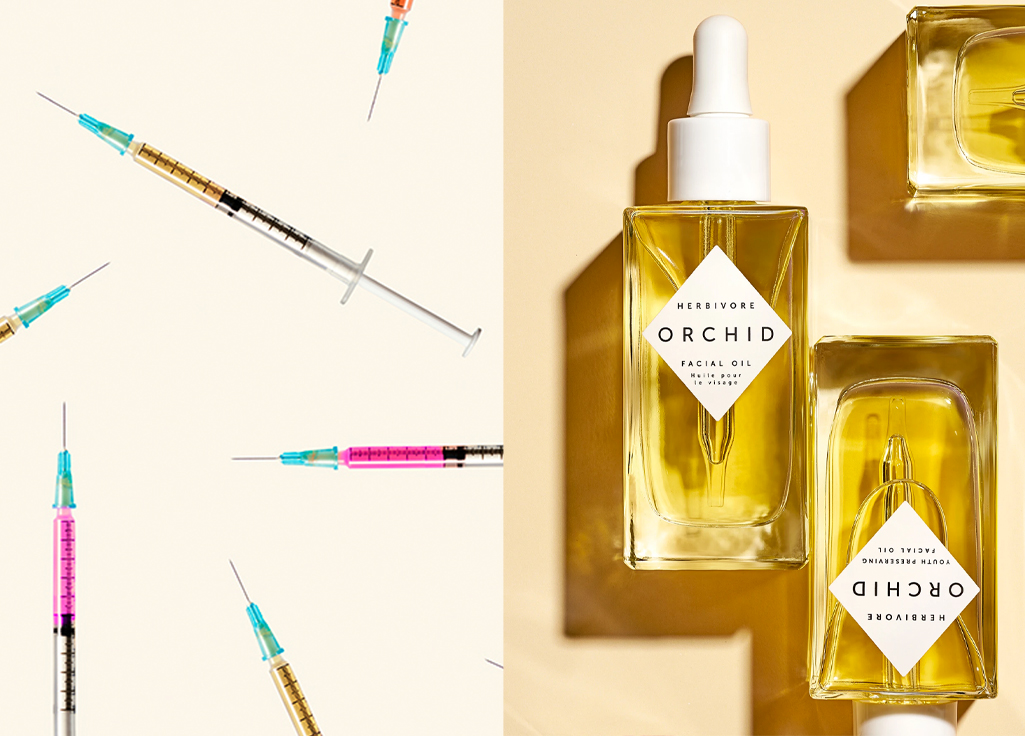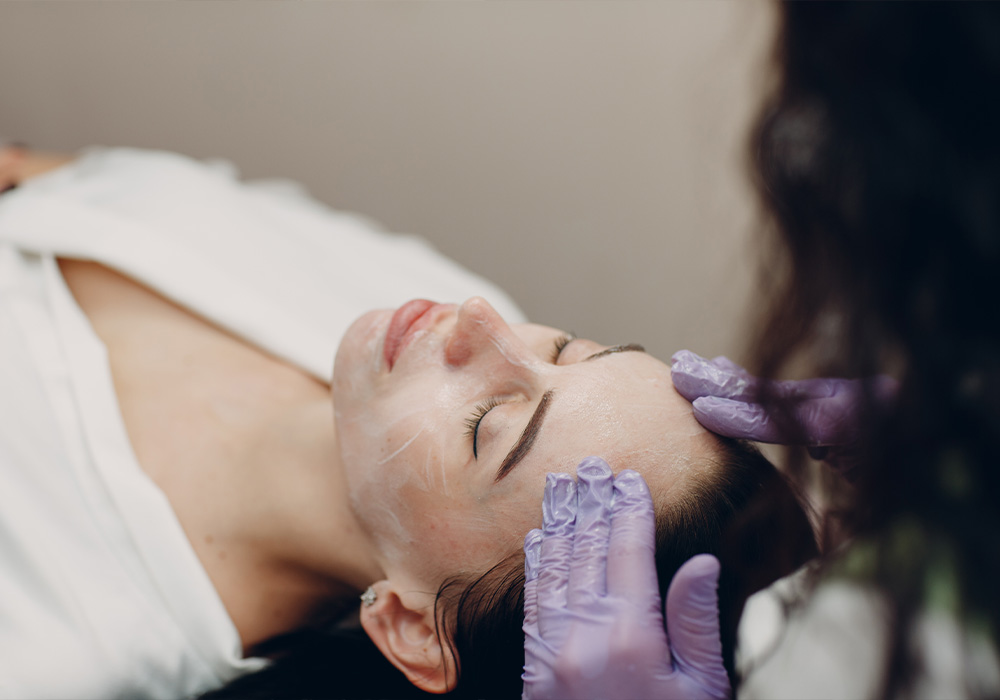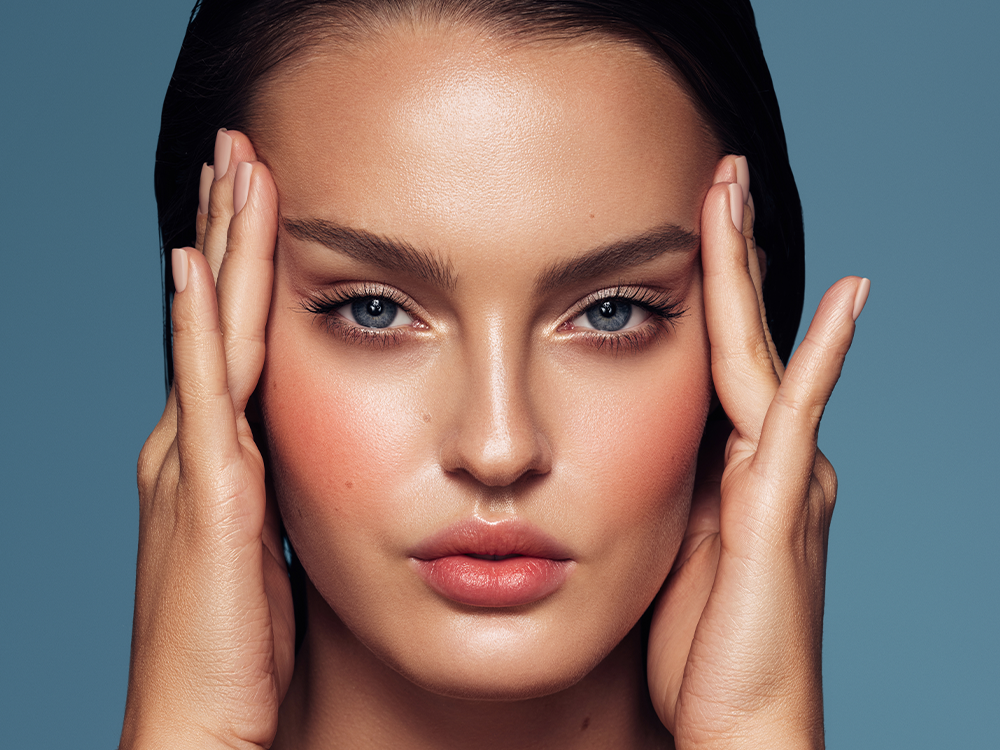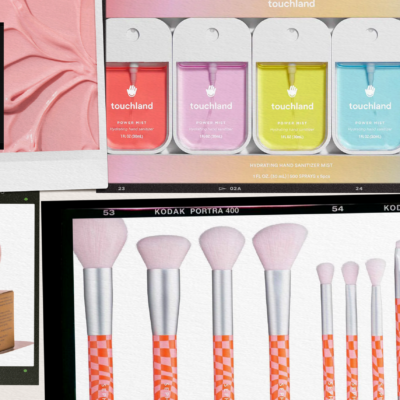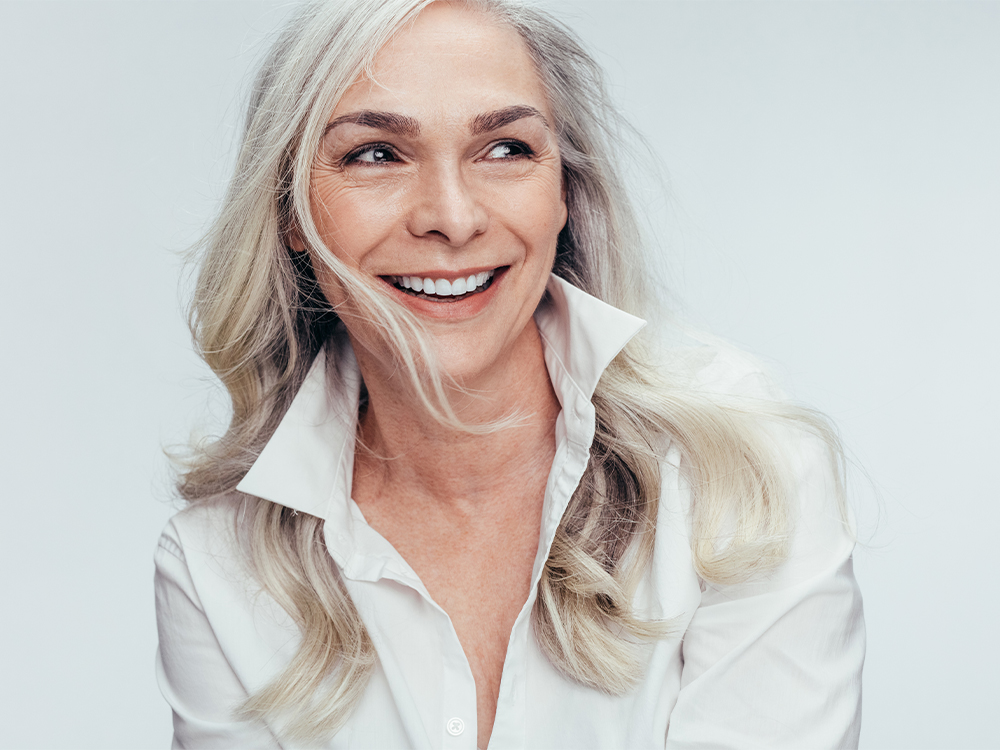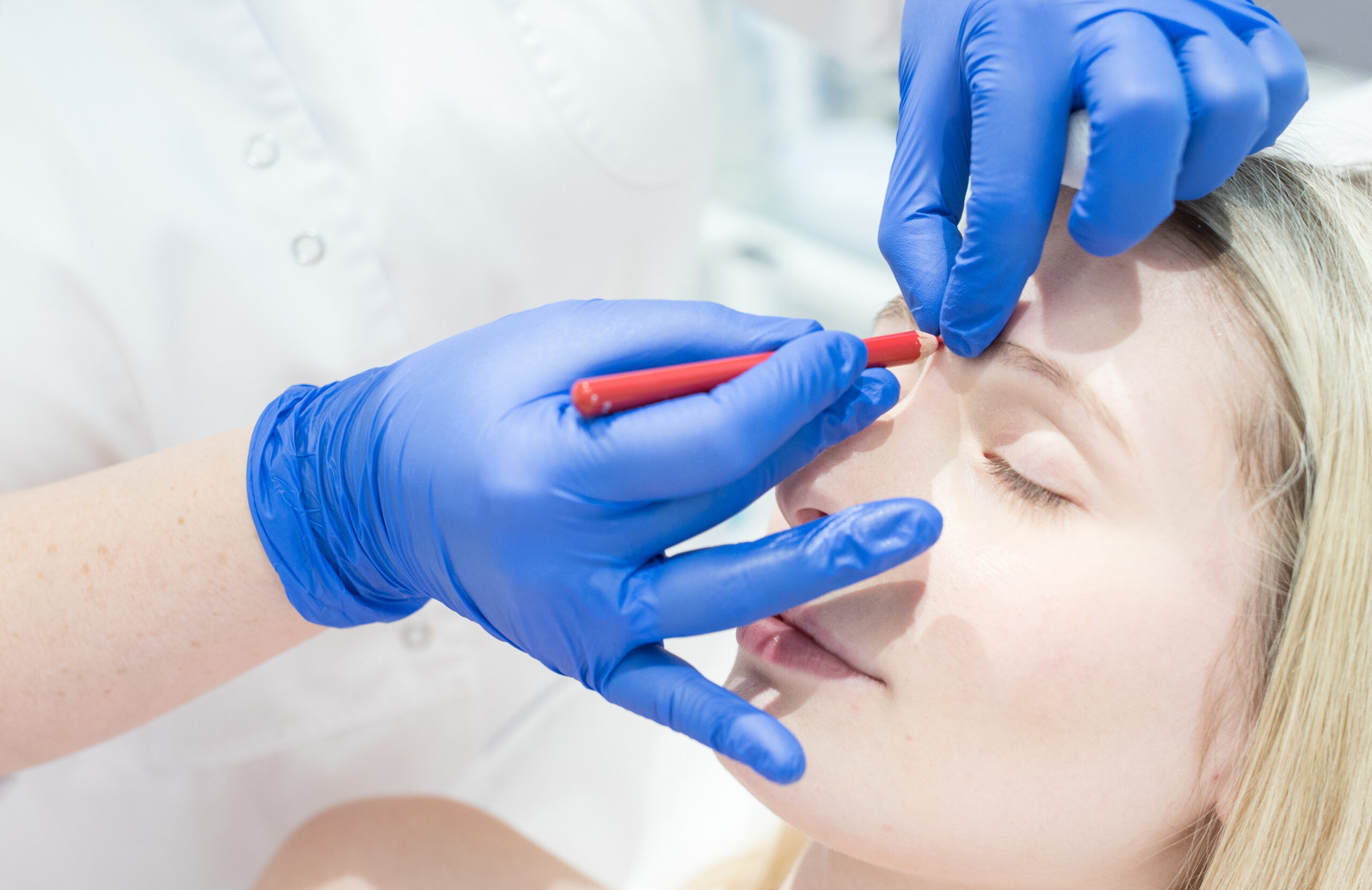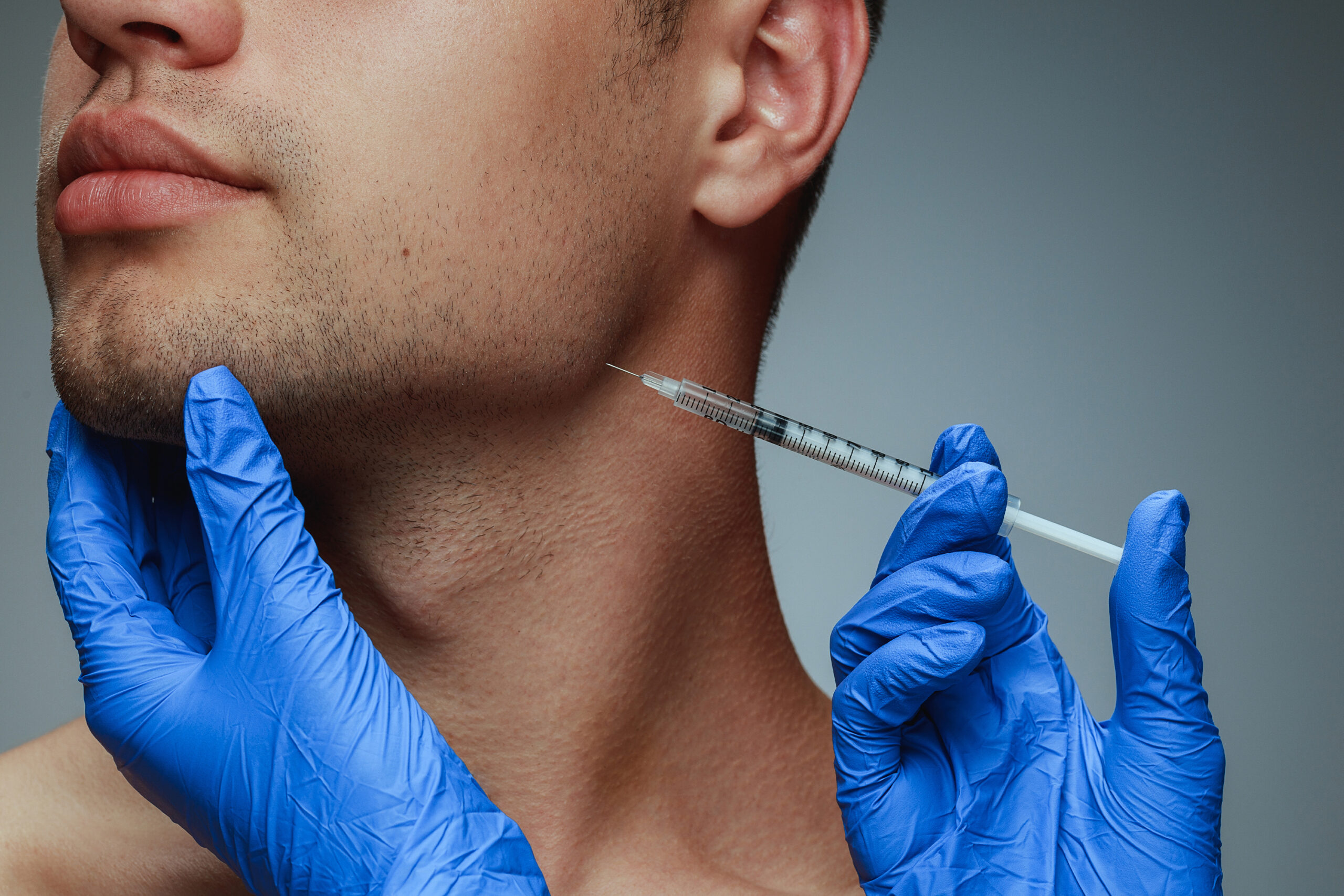If you thought worrying about acne and getting your mom to agree to let you wear mascara to the Friday-night dance was a beauty dilemma during your teenage years, you may be in for some shocking skin care news.
According to several studies, “teenage Botox” (including the use of neuromodulators like Dysport and Xeomin) is on the rise—so much so that Brent Saunders, CEO of Allergan, makers of Botox Cosmetic, and father of two teenage daughters, addressed it this summer.
You May Also Like: When Doctors Have to Turn Away Women Who Think They Need Botox
“While interest is growing, we must remember that anyone under the age of 18 is still maturing. Their body and appearance is still changing. Emotional maturity is critical to the decision-making process involved to fully understand treatment options and their potential implications. Many teenagers lack that level of maturity,” wrote Saunders in a blog post.
Greenwich, CT, dermatologist Lynne Haven, MD, is also not on board. “In my opinion, the use of Botox in teenagers for purely aesthetic purposes is not an appropriate use,” she says, adding that there are only two scenarios where she would consider neuromodulators in teenage population. “The first is in the treatment of migraines, which can be severe and debilitating. Botox is an FDA-approved treatment for migraines and it can work very well for this condition. The second: hyperhidrosis, a condition of excessive sweating. “I have treated teenage patients who didn’t want to go to school or gym class because of this condition, as well as businessmen who sweat through their suits during business meetings. Botox is very effective for this condition and can significantly improve the quality of life.”
But Montclair, NJ, dermatologist Jeanine B. Downie, MD, says the reason for choosing to use neuromodulators in the younger population is for good reason. “It’s on the rise because kids are damaging their faces with not putting on enough sunscreen, playing sports or using tanning beds, and then realizing they are getting the lines that some 20- and 30-year-olds have.”
“This is a frightening phenomenon,” she adds. “Children/teens need to be encouraged to put sunblock on and reapply it. They also need to be encouraged to never use tanning beds as they cause premature wrinkling and skin cancers, as well as an uneven skin tone.”
You May Also Like: Are Teenagers in Korea Determining What You’re Buying Next Year?
While Scottsdale, AZ, facial plastic surgeon Kelly Bomer, MD, has yet to see teens coming into her practice, she has treated patients in their early 20s who are “educated and interested in Botox and fillers.”
“I think the younger population can, in certain situations, greatly benefit from both Botox, or other neuromodulators, and fillers. I do think it best reserved for those who have unfortunate genetic inheritance of facial structure that leads them to hyperactive muscular contractions and facial proportions that are unfavorable aesthetically. Great examples are an underdeveloped chin with hypercontraction of the chin musculature or hypercontraction of the smile muscles around the nose leading to a gummy smile.”
In fact, Dr. Bomer says she recently treated a young woman in her early 20s for these concerns, along with uncontrolled acne. “She has had a tremendous transformation into beauty. She has newfound confidence and shared with us that she recently experienced strangers stopping her on the street telling her how beautiful she is!”




